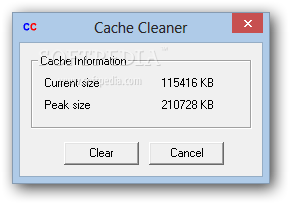

Once the Command is processed, you will see ‘Successfully flushed the DNS Resolver Cache’ message. On Command Prompt window, type ipconfig /flushdns and press the Enter key. Type CMD in the Search bar > right-click on Command Prompt and select Run as Administrator option. This will remove all the temporary and other selected unwanted files from your device. On the next screen, select the File types that you want to remove and click on Clean now button. In the right-pane, click on Configure Storage Sense or run it now option. Go to Settings > System > select Storage in the left-pane. Windows 10 also provides the option to manually Clear Temporary files using Storage Sense. On the confirmation pop-up, select Delete Files option to confirm and wait for Disk Cleanup utility to clean up the selected types of files from your computer. On Disk Cleanup screen, select all the Items and click on OK.

Type Disk Cleanup in the Search bar and click on Disk Cleanup App in the search results. The easiest way to clear cached files on a Windows computer is to use the built-in Disk Cleanup tool as available in Windows 10. Clear Temporary Files Cache Using Disk Cleanup Hence, the need to clear all types of Temporary and Cached files from the computer, especially if it is running slow or going through problems. We recommend clearing out tracking cookies regularly to protect your privacy.Sometimes, the files stored in the cache can get damaged or become corrupted, leading to improper functioning of the Apps and other problems on the device. Tracking cookies are a specific type of cookie that third parties use to follow you around the web, log your browsing habits and other online behavior, and then sell that data to advertisers or other interested parties. Cookies are what enable a website to remember that you’re logged in, or what your preferred language is. They keep track of who you are and what you do on a site. When you consider how many social media sites, e-shops, and other pages with lots of graphics you visit on a daily basis, you’ll realize just how much useless cache data your browser has stored.Ĭookies are a bit different. But if you never view that particular site again, your browser has no use for those cache files. Then, if you do return, your browser can load those elements from the cache, which saves time. The cache refers to files of website elements - like images, videos, text, and more - that your browser downloads and stores in case you return to the same website again. Your browser creates a lot of temporary files during normal internet browsing.


 0 kommentar(er)
0 kommentar(er)
